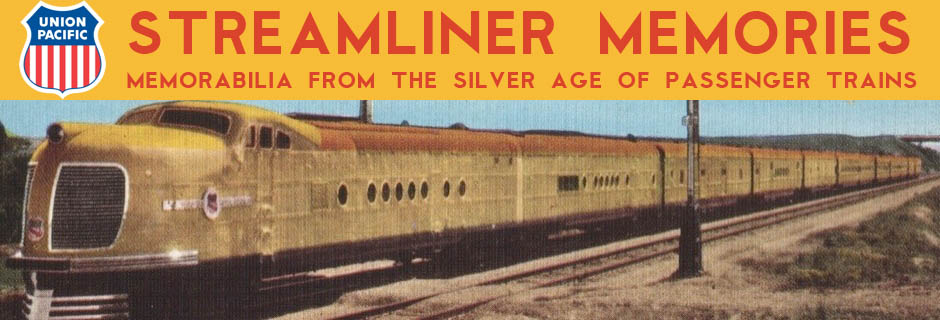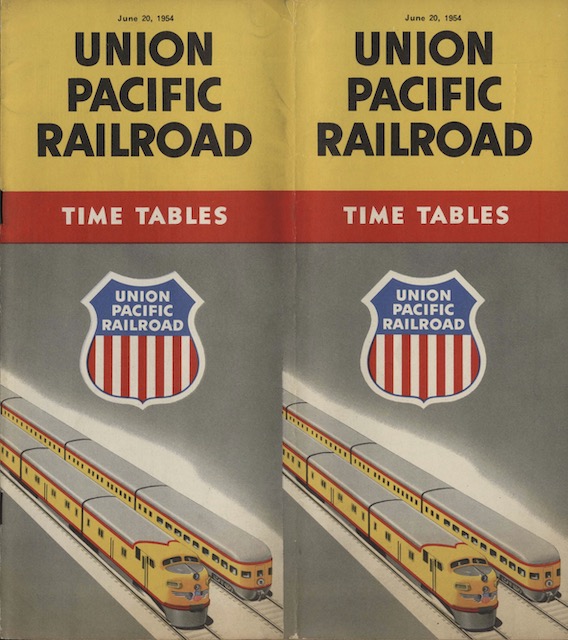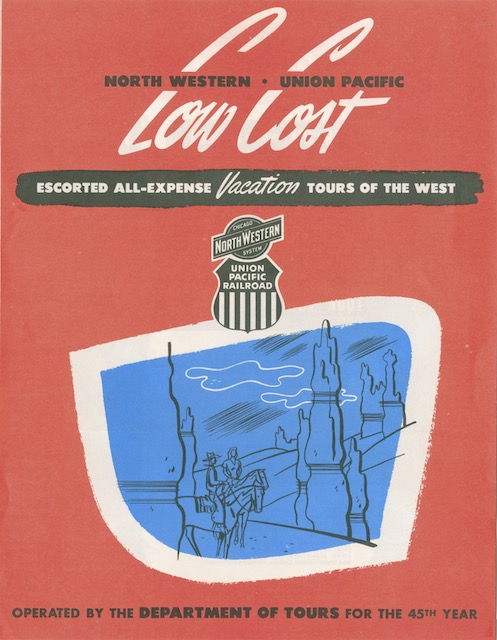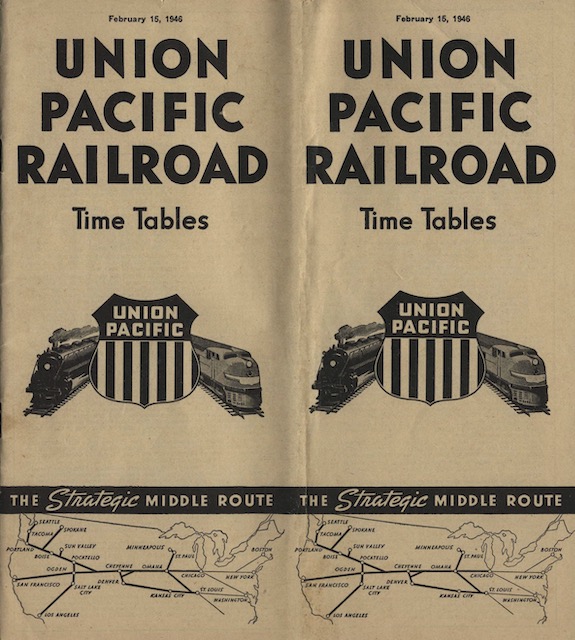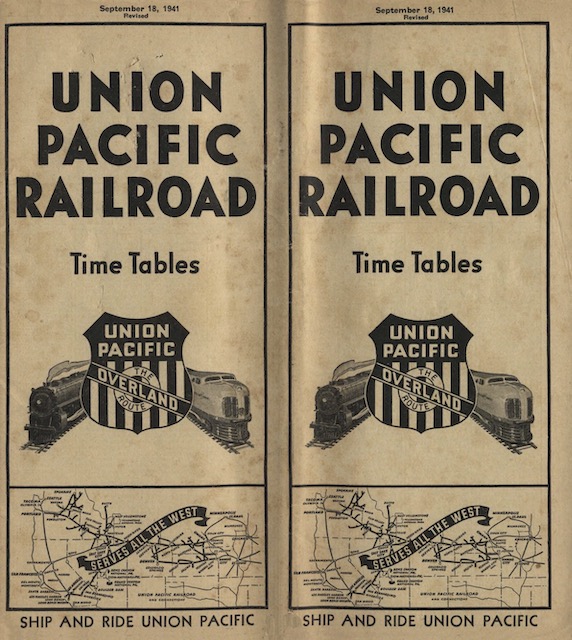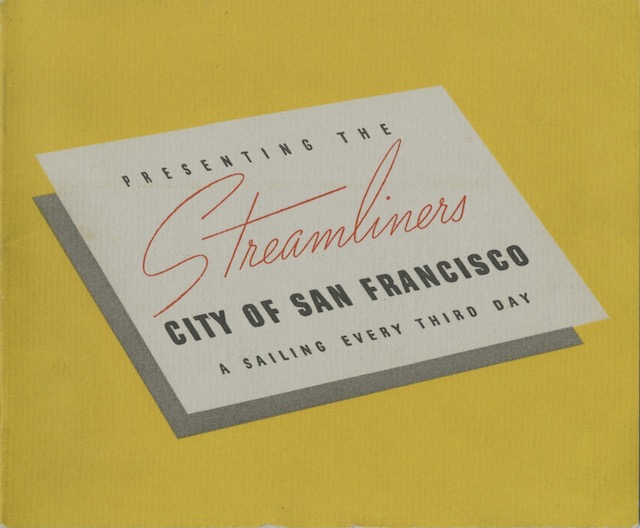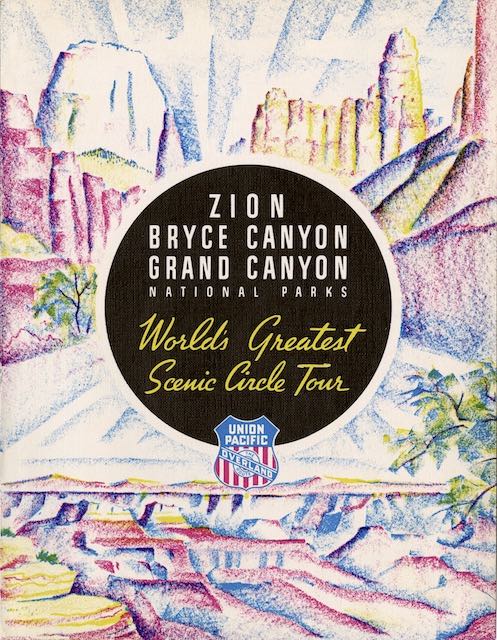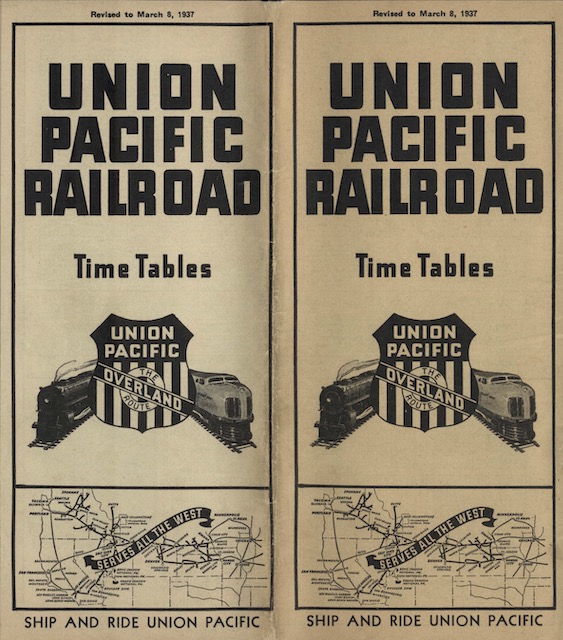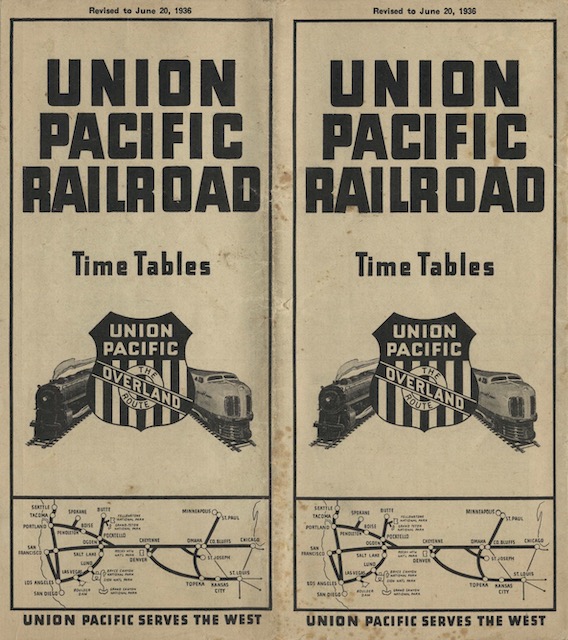“Daily through September 15,” says the back cover ad on this timetable, “the Challenger will operate as an all coach domeliner on a convenient new summer schedule.” Before June 1 and after September 15, the Challenger and City of Los Angeles were combined into a single train. But the Challenger‘s “convenient new summer schedule” had it running 15 minutes ahead of the City of Los Angeles.
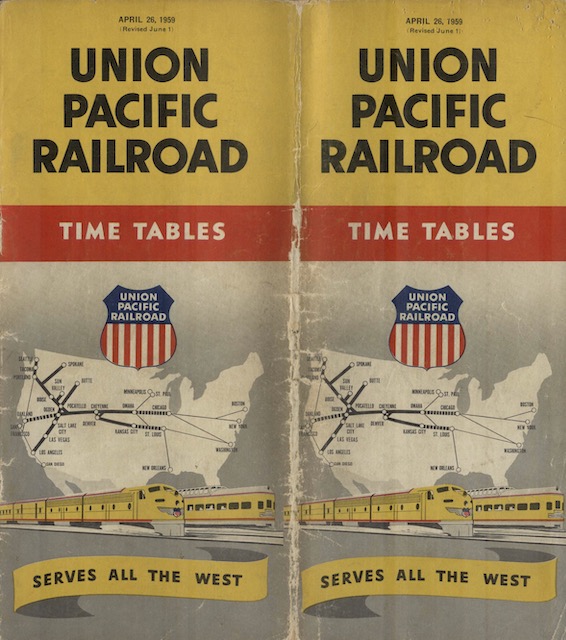 Click image to download a 48.2-MB PDF of this timetable. Thanks to Tim Zukas for contributing scans of this timetable.
Click image to download a 48.2-MB PDF of this timetable. Thanks to Tim Zukas for contributing scans of this timetable.
I’m dubious about whether a schedule just 15 minutes earlier than its previous schedule was really convenient to passengers. But, as the 1946 Naperville crash showed, it was safer than running two trains, or two sections of a train, just 5 minutes apart. Continue reading
